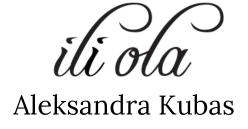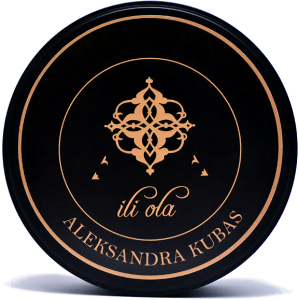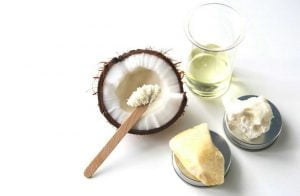Unsaturated fatty acids: Why to start your treatment with them?
You must have heard, repetitively perhaps, about unsaturated fatty acids (UFAs), or of acids named omega-3, 6 or 9. You know that these are healthy ingredients, with good influence on the skin and the hair, anti-cancer action included. And I know that once I have understood something, I can readily put it into practice. Today, I would like to share with you the knowledge that enabled the development of a cosmetic product that has rescued my skin (with all the problems it was causing me!) and helped to solve the skin problems of those close to me.

Let us start from the very beginning, though. There’s going to be some chemistry, but no worries—it’s not going to be long; and, once you read what I’m going to share with you, you’ll find it much easier to understand what it is that happens when something goes wrong (with your skin).
UFAs are acids that contain double bonds; normally, they are transparent liquids. Today, two main classes of UFA are discerned: monounsaturated fatty acids (or, mono-unsaturates) – those with one double bond (omega-9 acids belong to this group), and polyunsaturated fatty acids (poly-unsaturates), omega-6 and omega-3 acids among them. Poly-unsaturates have each at least two double bonds.

Fig. Wikipedia. The formula of linoleic acid (you can see two double bonds, therefore it is a polyunsaturated acid, exactly Omega-6).
The double bond is sensitive to high temperatures, which leads to severing it at 60 degree Celsius–and so, what we care so much about gets destroyed. Then, in order to enjoy its beneficial effects, you are recommended to use unprocessed oils that have never been heated up to such a temperature. Our creams are specially prepared using a cold processing method, which helps preserve all the UFAs. Sounds easy, doesn’t it. And easy it is, but tough at the same time; hence, not too many cosmetics can preserve such properties.
The linoleic acid, whose chemical formula is featured above, for dry skins improves the lipid barrier of the epidermis of dry skins and normalises the skin’s metabolism. It is a natural ingredient of sebum.
In users with acne-prone skin, a decrease in the content of linoleic acid in the sebum has been observed, which results in clogged pores and blackheads – and, finally, pimples or eczemas. Application of linoleic acid in treatment of oily or problem skins results in improved operation of the sebaceous glands, unblocked pores, and diminished blackheads. Linoleic acid is inbuilt in the structure of cell membranes and used in production of the skin’s intercellular cement;
both processes occur owing to the presence of the enzymatic complex in the stratum corneum.
Omega-3 fatty acids can reduce post-inflammatory substances induced by the detrimental UV radiation. These substances diminish the effects of sunburn whilst also stimulating repair processes and alleviating irritations.
All the omega-3, omega-6 and omega-9 acids reduce the transepidermal water loss (TEWL) and thus works as an indirect hydrating agent. You have to be aware that your skin gets hydrated from the inside whilst the role or moisturising or hydrating cosmetics is to prevent evaporation of water through the epidermis.
Remember: water does NOT moisturise your skin from the outside, its molecules are too big to penetrate through the skin. Hence, when using creams containing water you feel as if they get ‘absorbed fast’, what you actually feel is the effect of evaporated water. Water has to be contained in a cream when it works as the solvent of other actives such as vegetal extracts or certain vitamins – never working however as a moisturiser.
Where can you find UFAs?
Most of the time, simply in oils:
Omega-9 – in shea butter (ca. 50%), cocoa butter (ca. 37%), baobab seed oil (ca. 15%–40%), argan oil (ca. 46%);
Omega-6 – in peach seed oil (ca. 25%), baobab seed oil (ca. 31%), parsley seed oil (16%–20%);
Omega-3 – in baobab seed oil (ok. 3%), linseed oil (ca. 48%), sea-buckthorn oil (ca. 30%), soybean oil (8%–10%), rosehip oil (28%–32%).
In sum, vegetal oils, depending on the percent share of individual acids in the fat molecule, display a diversity of characteristics. Their deficit may cause excessive peeling or exfoliation of the epidermis, or excessive production of sebum which will block the pores, leading to acne. Vegetal oils additionally soften the stratum corneum; in case of inflammation, they relieve the skin’s tightness, thus alleviating the sense of pain.
Should you have any questions, just email me at: a.kubas@iliola.com.pl, or leave your message on Facebook.
Take real care of yourself!
Aleksandra Kubas





